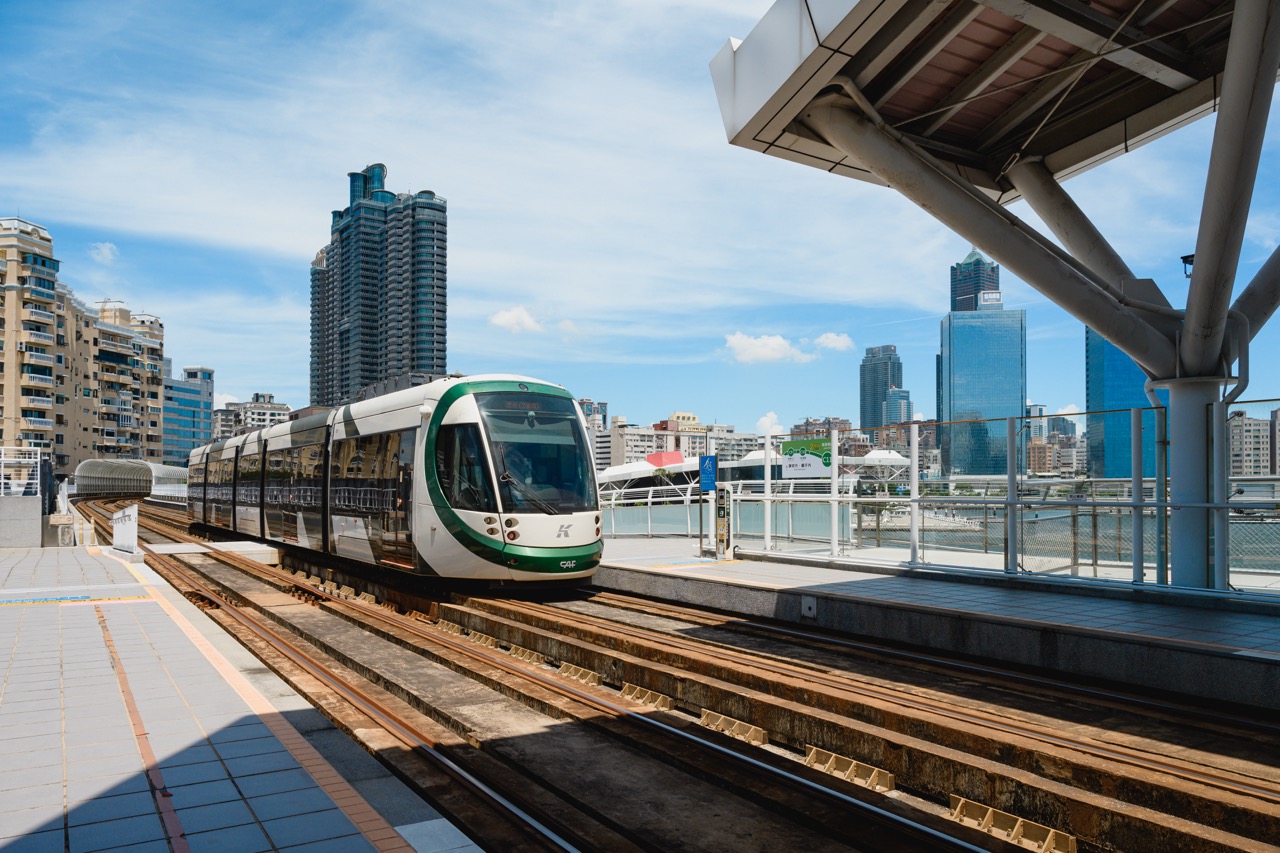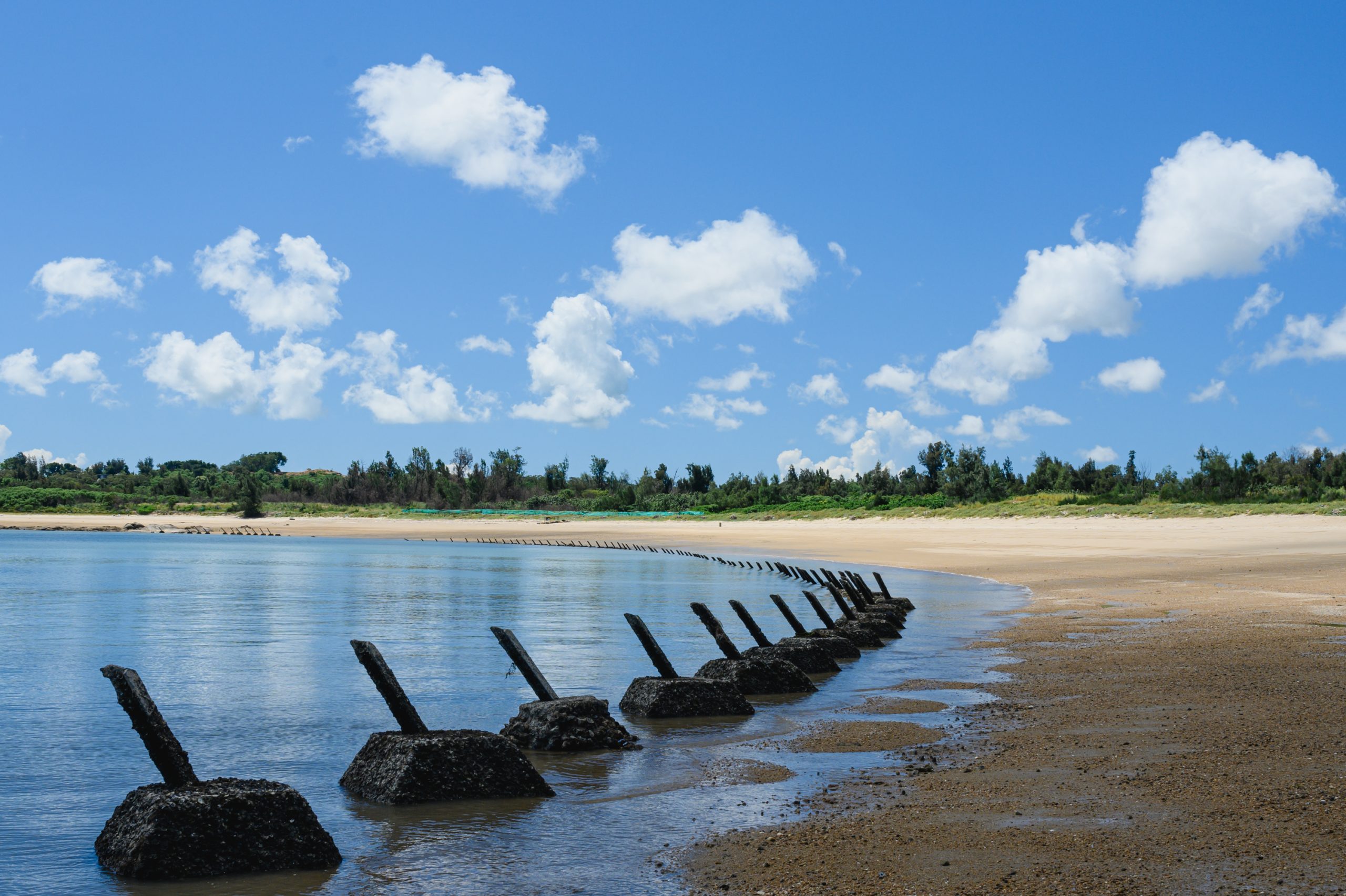Author LYLE LANGUILEY
Photographer XHIN TOH
Editor CHIH YI CHEN
Kaohsiung is Taiwan’s“second city,”but this vibrant southern port metropolis aspires to more than just second place.
Among Taiwan’s big cities, Kaohsiung is the farthest from Taipei, and in more than just one way, it offers the most convincing alternative to the capital. For example, it has a distinctly different history and culture, and many sights and businesses in its most scenic districts reflect this uniqueness in a magnificent way as they cater to locals and visitors alike.
Maybe Kaohsiung is the“essentially Taiwanese”big city―the place to go for those who want to experience urban Taiwan off the beaten track.
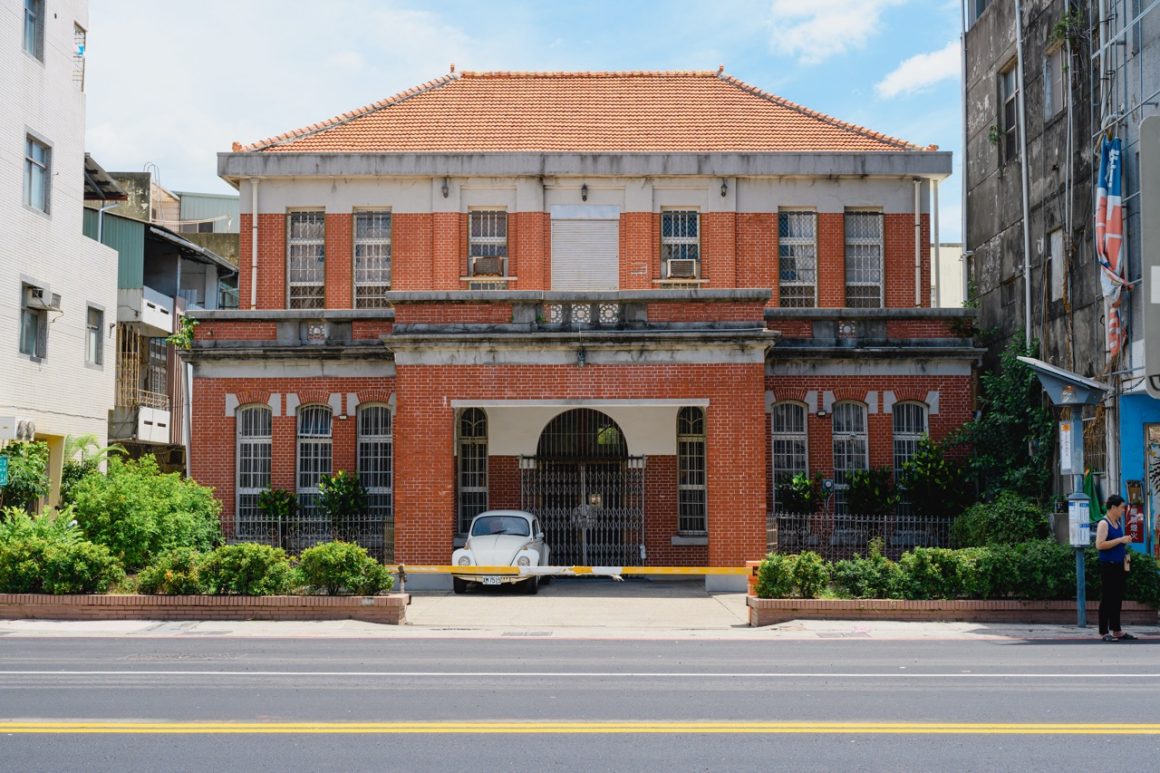
Kaohsiung started off modestly. It had been a small fishing port since a time before written records. For centuries, the area had been inhabited by Indigenous Makatao people, as well as Fujianese settlers who first arrived during the early Qing Dynasty. However, it was the arrival of Japanese colonial rule that triggered the most significant transformation in the city’s development, accelerating its growth into the bustling metropolis we see today.
Japanese jumpstart
It might have stayed this way, had it not been for the Japanese colonial administration that decided it needed a bigger port in the south. Tainan had become too small for modern ships. Within a few years, Japanese civil engineers had laid out a grid of streets that still defines Kaohsiung’s Yancheng District, and young Japanese architects were pouring into the city to hone their craft in a liberating environment far away from the conservative mainland.
Buildings with round corners were in style at the time, and they still dominate Yancheng.
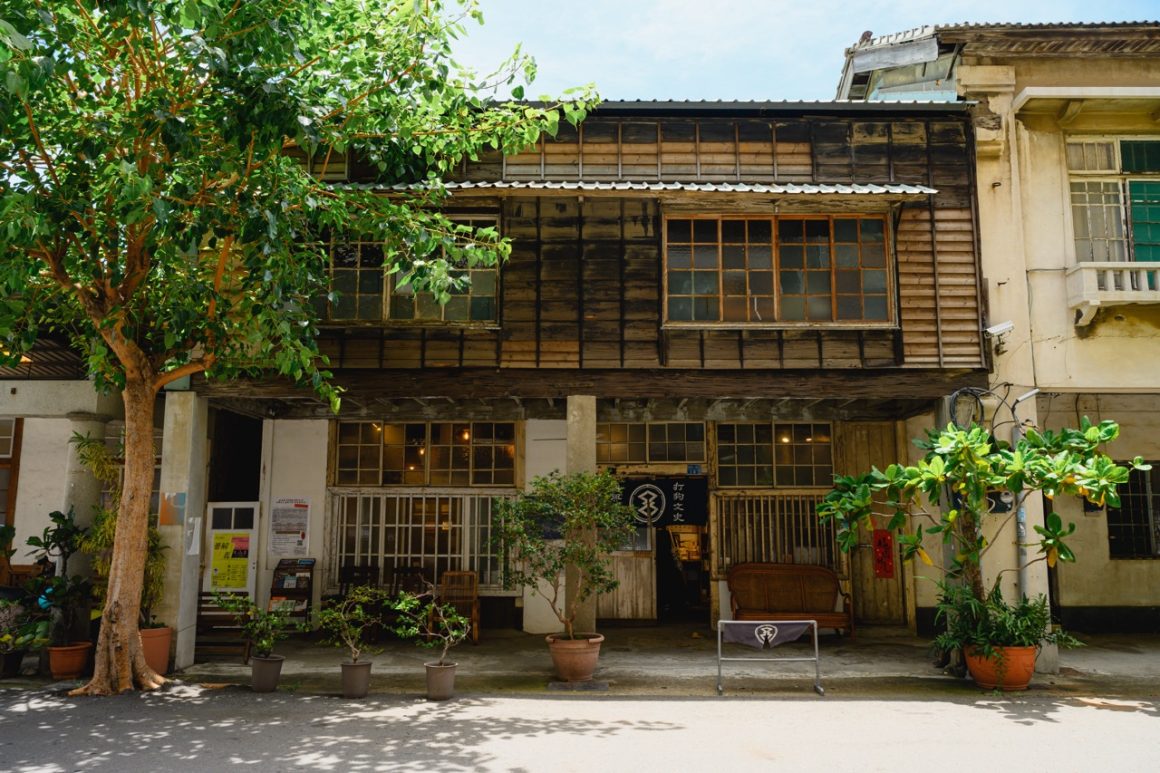
A stroll through this old part of town can help visitors understand what makes the city so special. In contrast to Taipei, Qing-era (or Qing-style) architecture is almost completely absent, and the vibe blends Japanese elements with a rustic version of olden-days Taiwan.
Maybe this is key to Kaohsiung’s special flavor; maybe it’s what makes Kaohsiung such a proud city, full of traditional shops that seek to offer Taiwan’s best version of itself.
Eateries
In terms of small restaurants, Yama Ichi Tempura(山壹旗魚食製坊) stands out. The eatery is inside Yancheng First Public Market, a Japanese-built landmark of olden-days Kaohsiung. Flying fish is the highlight on the menu, giving the restaurant’s offerings a tropical twist. Most ingredients come straight from the ocean, or, more precisely, from the warm waters of the Kuroshio Current that gourmets in Taipei can only dream of.
A few stalls further, the Hungry Bug Bar (空腹虫大酒家) keeps the exciting period of the market’s early days alive, with Japanese-inspired drinks and fried comfort food that crosses all cultural boundaries.
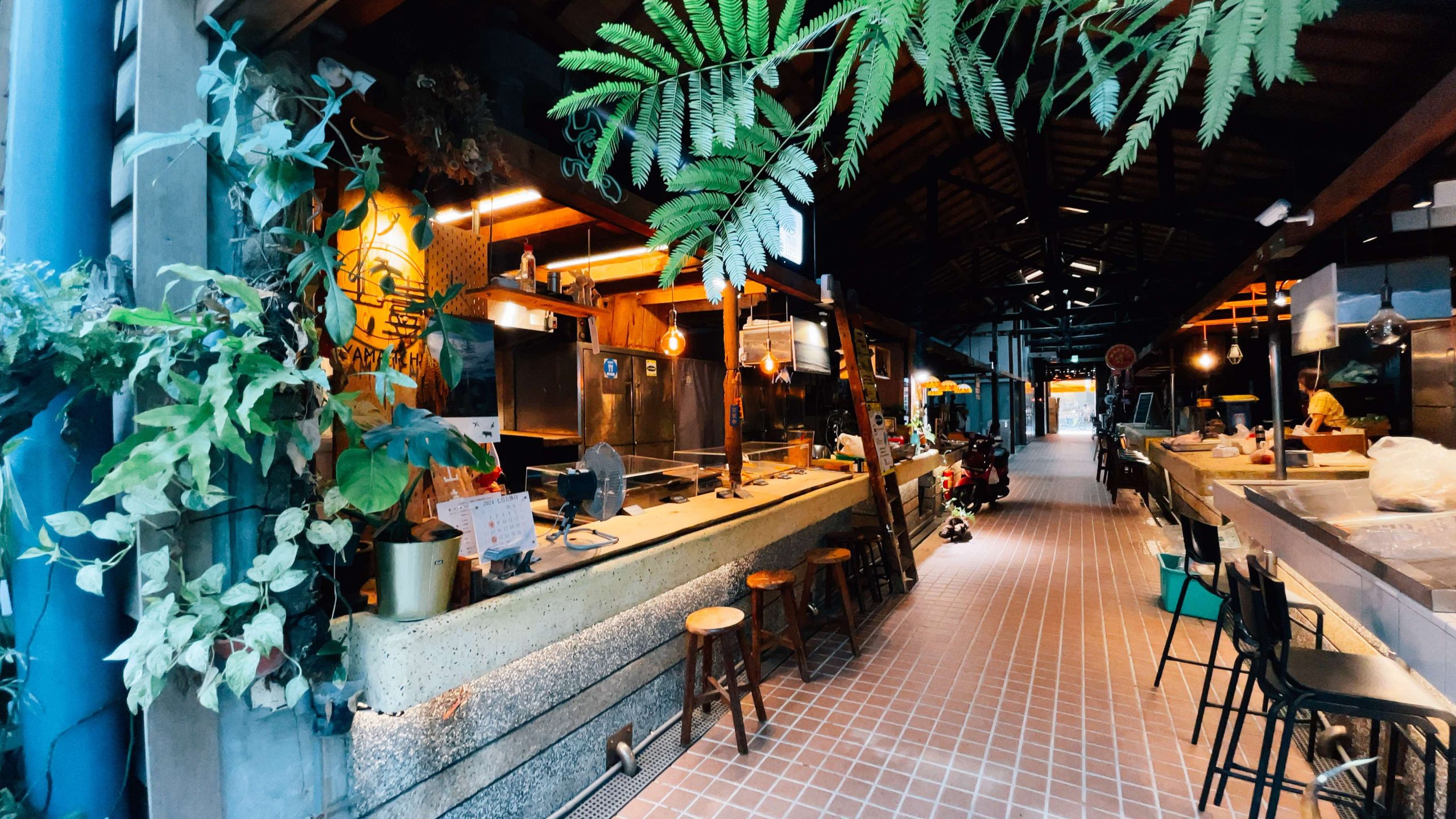
Over in Qijin District, Sun Choice Bakery (船說) is famous for its artisan bread. Once more, there is a certain “Japanese-ness” to its offerings, with mullet roe bread as one of the highlights.
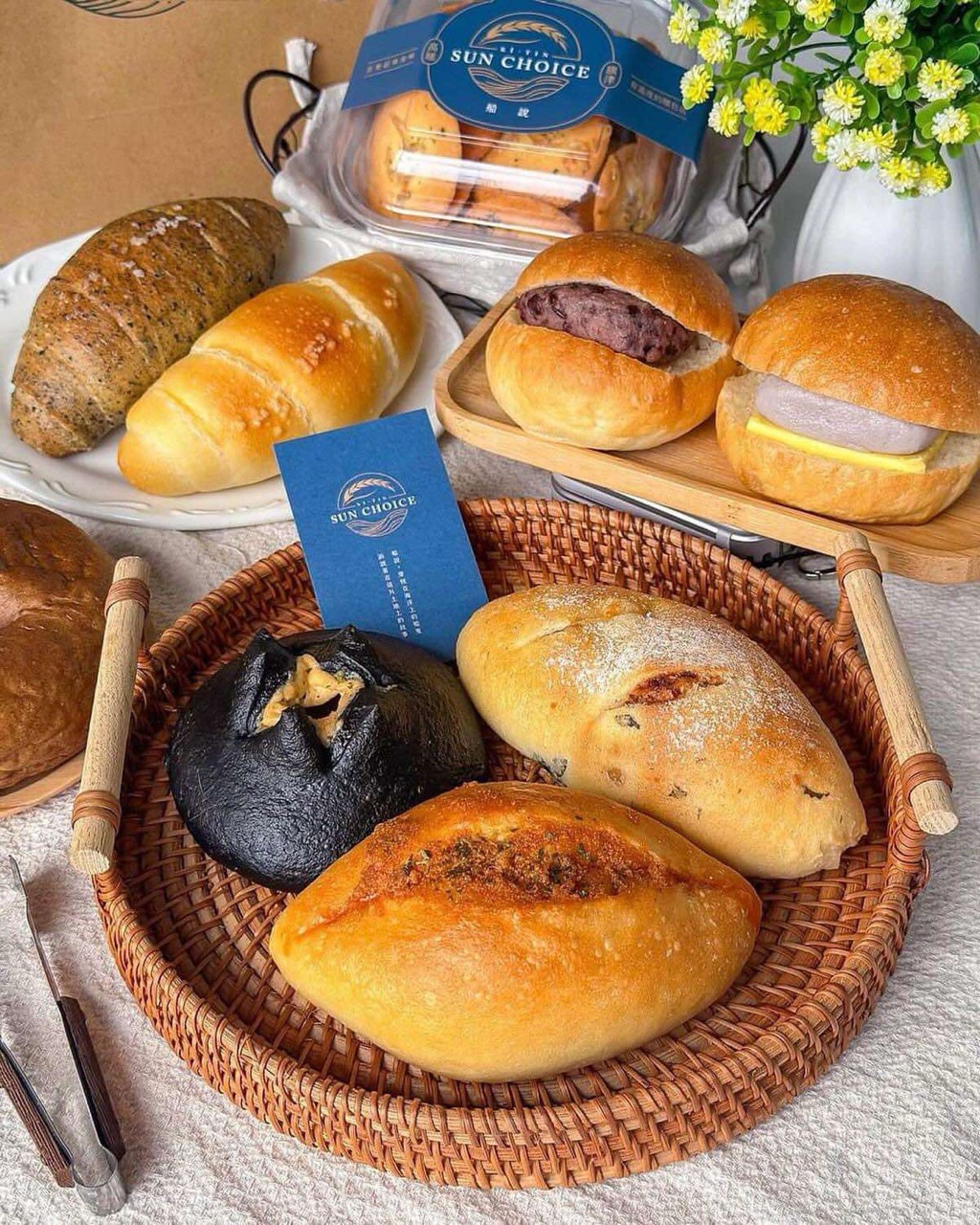
However, if you have never tried mullet roe, which is also known as karasumi, a slightly odd-looking delicacy that takes umami to new heights, look no further than Cheng Wei Chen Mullet Roe Shop (正味珍烏魚子). It’s by far the best of its kind in Taiwan―as expected in Kaohsiung.
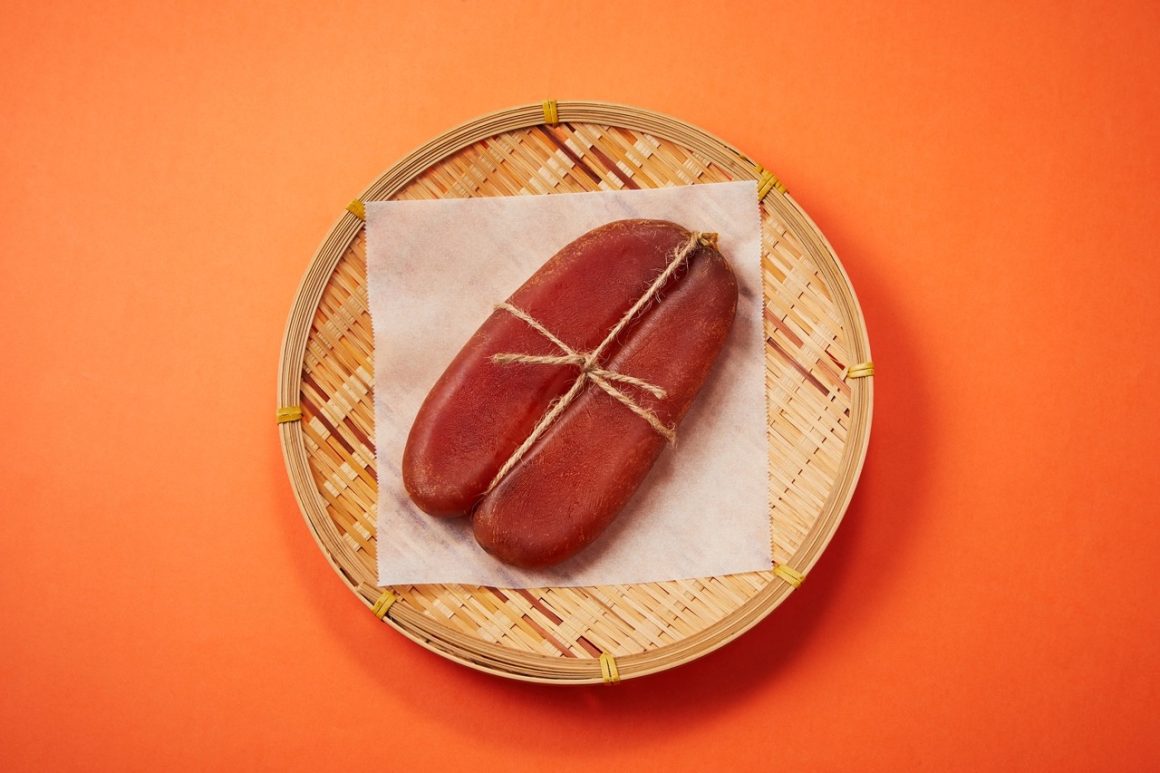
Gems and deep dives
The Gao Yu Needlecraft Shop (高鈺鈕釦行) is the place to go in Yancheng if your wardrobe needs a little bit something extra―and honestly, whose wardrobe doesn’t need that? The shop’s bespoke selection is inspired by Japanese turn-of-the-century fashion, but it goes far beyond just that.
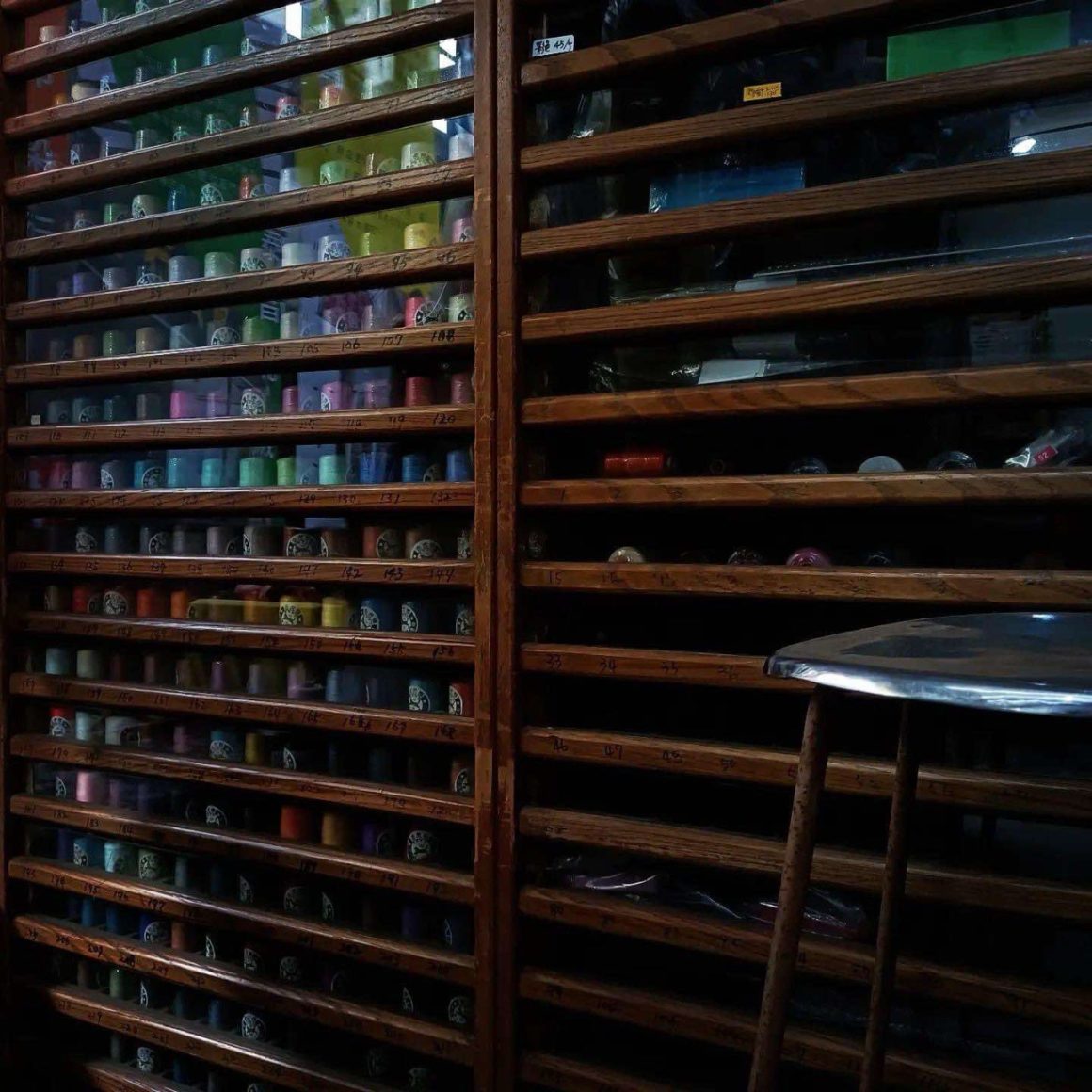
Meanwhile, in a repurposed warehouse near the port, a special gem awaits visitors at Shan Jin Wu (山津塢), a shop that preserves Kaohsiung’s screen printing tradition. Shan Jin Wu doesn’t just sell unique prints, it also allows you to get your hands on the frames and scrapers DIY-style.
Pathfinder

Kings of Exploring Takao (港都認識王)
Begin your journey at the harbor and dive into the daily life of the old town.
As you stroll through the streets, savor local delicacies while uncovering the historical and cultural evolution of the old town, and discover the stories of the community and its artisans’ shops.

